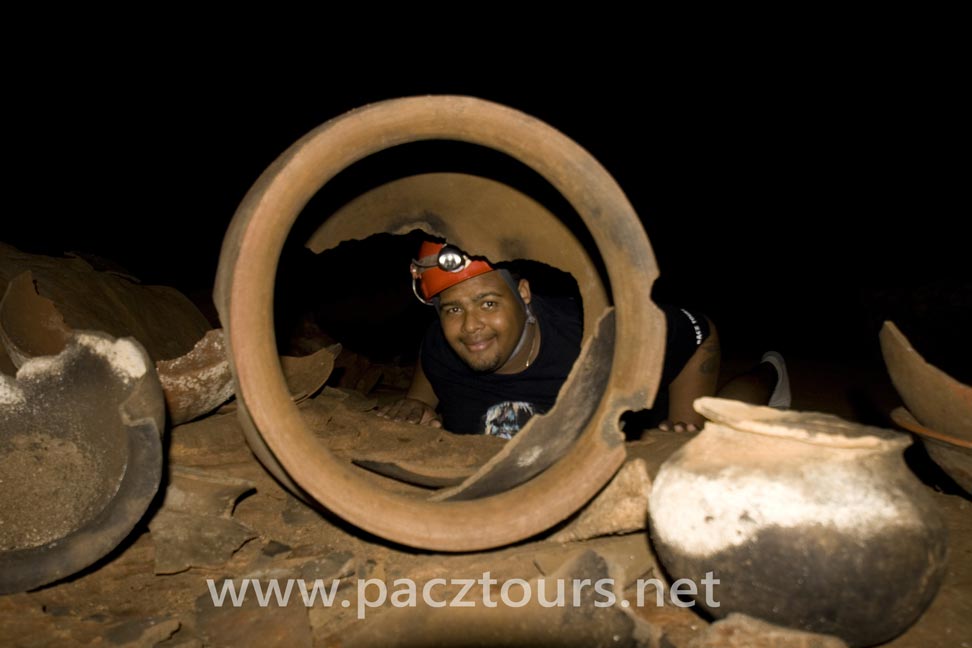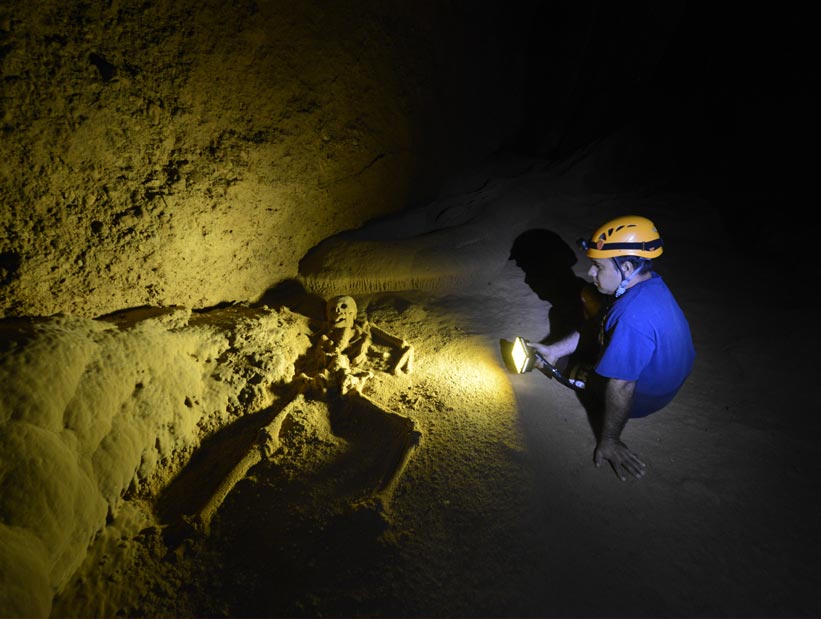
Belize Tours & Adventures with Trained Jungle Guides
Belize Tours & Adventures with Trained Jungle Guides
Deep in the rainforest of western Belize lies one of the world’s most important cave sites: Actun Tunichil Muknal (ATM). For travelers, it is an unforgettable adventure — swimming through rivers, climbing over limestone formations, and entering chambers lit only by headlamps. But beyond the thrill, ATM is also one of the most significant archaeological and educational sites in Central America. It is here that geology, Maya spirituality, and conservation intersect, offering lessons that go far beyond tourism.
The ATM Cave belongs to the karst landscape of the Maya Mountains, a region of porous limestone shaped over hundreds of thousands of years.
This natural history sets the stage for the cultural one: the Maya saw caves not as empty voids, but as living beings shaped by water, time, and the gods.
What makes ATM extraordinary is not just its geology, but the treasures it holds. Archaeologists have documented:
Unlike most archaeological sites, these objects remain exactly where the Maya placed them. The cave is a museum in situ, untouched by glass cases or relocation.

ATM has become a key reference point for both Belizean and international scholarship.
ATM isn’t just a tourist site — it’s a global teaching tool, a case study in how archaeology can bring the past into the present.

Studying ATM helps us understand key lessons about the Maya and the environment:
ATM teaches us not just about ancient rituals, but about the delicate balance between humans, water, and survival.
ATM is also a case study in how tourism and preservation can coexist. To protect both the cultural artifacts and the fragile cave ecosystem:
This balance has made ATM a model for heritage conservation in Belize and beyond.

Walking into Actun Tunichil Muknal is unlike entering any museum. Here, the exhibits have not been removed or rearranged. The pottery lies cracked on the cave floor, the bones rest exactly where the Maya placed them, and the water still drips as it did a thousand years ago.
ATM is more than a tour. It is a living classroom where geology explains the land, archaeology reveals the past, and Maya beliefs bring meaning to it all. Every visitor, whether student, researcher, or traveler, comes away not just with memories of an adventure, but with lessons about the connection between nature, culture, and time.
| Cookie | Duration | Description |
|---|---|---|
| cookielawinfo-checkbox-analytics | 11 months | This cookie is set by GDPR Cookie Consent plugin. The cookie is used to store the user consent for the cookies in the category "Analytics". |
| cookielawinfo-checkbox-functional | 11 months | The cookie is set by GDPR cookie consent to record the user consent for the cookies in the category "Functional". |
| cookielawinfo-checkbox-necessary | 11 months | This cookie is set by GDPR Cookie Consent plugin. The cookies is used to store the user consent for the cookies in the category "Necessary". |
| cookielawinfo-checkbox-others | 11 months | This cookie is set by GDPR Cookie Consent plugin. The cookie is used to store the user consent for the cookies in the category "Other. |
| cookielawinfo-checkbox-performance | 11 months | This cookie is set by GDPR Cookie Consent plugin. The cookie is used to store the user consent for the cookies in the category "Performance". |
| viewed_cookie_policy | 11 months | The cookie is set by the GDPR Cookie Consent plugin and is used to store whether or not user has consented to the use of cookies. It does not store any personal data. |